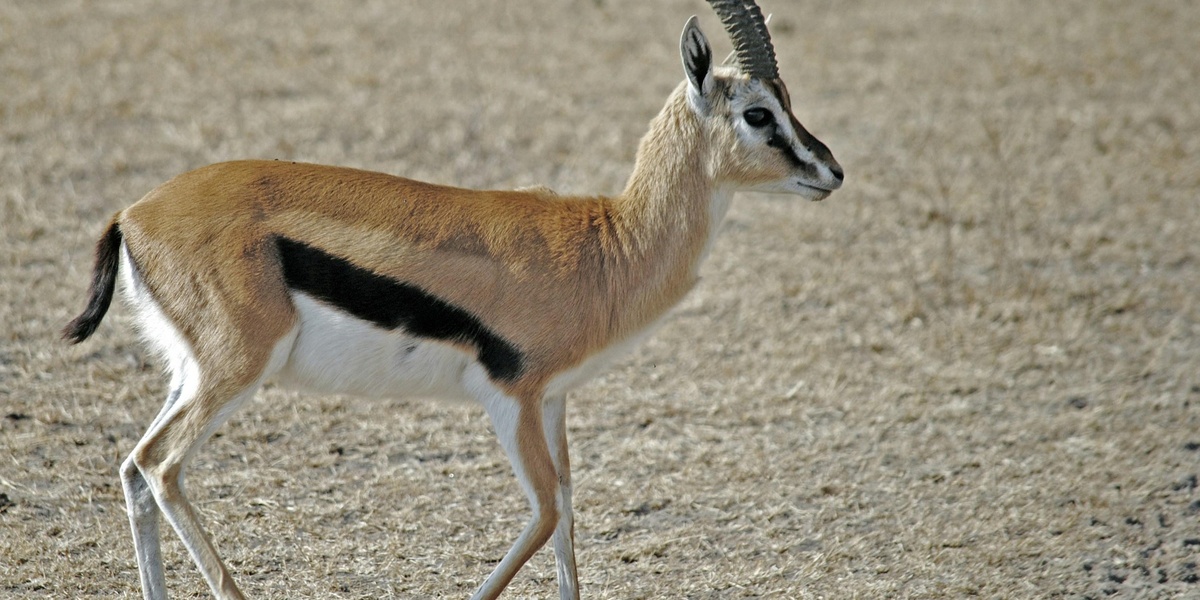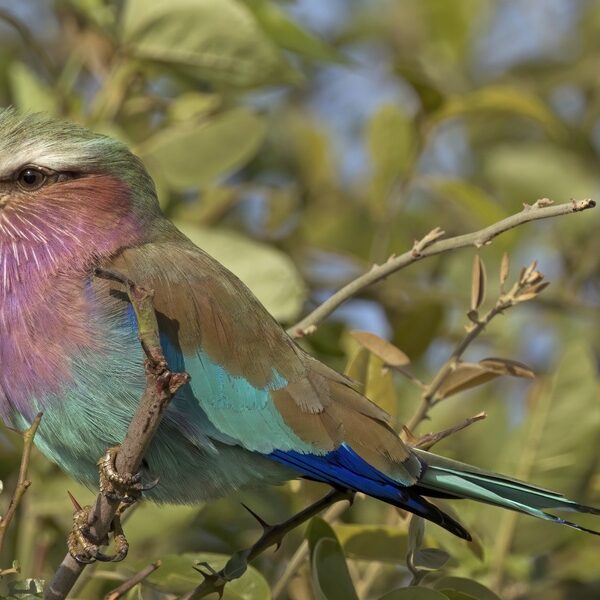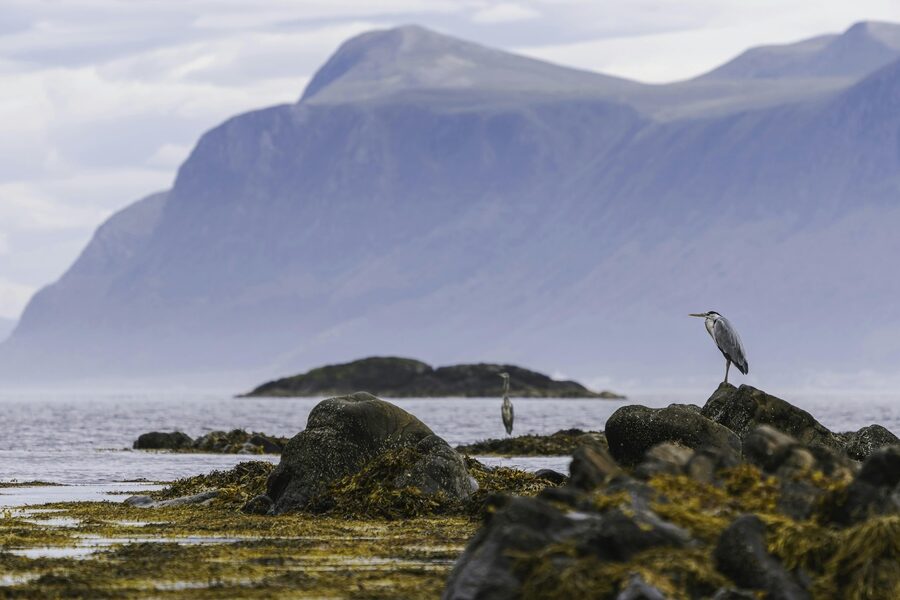Iraq’s varied landscapes — from desert plains and marshes to the Zagros mountains and river valleys — support a surprising mix of native mammals. Historical trade routes and shifting habitats have shaped a fauna that reflects both Arabian and Eurasian influences.
There are 42 Mammals of Iraq, ranging from Arabian Oryx to Wildcat. For each species, entries are organized as Scientific name,IUCN status,Iraqi distribution & habitat so you can compare identification, conservation risk and where each species occurs — you’ll find below.
Which mammals in Iraq are currently most threatened?
Several species on the list carry elevated IUCN risk levels; threats commonly include habitat loss, overhunting, water management changes in marshes and competition with livestock. Check the IUCN status column for up-to-date risk categories and the distribution column to see whether a species’ range in Iraq is small or fragmented, which often indicates higher concern.
How can I use the Scientific name,IUCN status,Iraqi distribution & habitat columns effectively?
Use the Scientific name to avoid confusion with local common names, reference the IUCN status to prioritize conservation interest, and read the Iraqi distribution & habitat entry to locate likely regions or ecosystems. Together they let you identify species, assess urgency, and plan where to observe or study them; the full list is below.
Mammals of Iraq
| Common name | Scientific name | IUCN status | Iraqi distribution & habitat |
|---|---|---|---|
| Persian Leopard | Panthera pardus tulliana | EN | Kurdistan mountains |
| Syrian Brown Bear | Ursus arctos syriacus | VU | Kurdistan mountains |
| Gray Wolf | Canis lupus | LC | Widespread; desert, steppe, mountains |
| Striped Hyena | Hyaena hyaena | NT | Widespread; open plains, rocky hills |
| Golden Jackal | Canis aureus | LC | Widespread; wetlands, farmland, open areas |
| Caracal | Caracal caracal | LC | Arid steppes, semi-deserts |
| Jungle Cat | Felis chaus | LC | Southern marshes, riverine thickets |
| Sand Cat | Felis margarita | LC | Western Desert |
| Eurasian Otter | Lutra lutra | NT | Mesopotamian Marshes, Tigris & Euphrates rivers |
| Honey Badger | Mellivora capensis | LC | Southern and western arid zones |
| Marbled Polecat | Vormela peregusna | VU | Steppes and arid lands |
| Wild Boar | Sus scrofa | LC | Widespread; wetlands, forests, farmland |
| Goitered Gazelle | Gazella subgutturosa | VU | Western Desert, steppes |
| Wild Goat | Capra aegagrus | NT | Kurdistan mountains |
| Roe Deer | Capreolus capreolus | LC | Northern Kurdistan forests |
| Indian Crested Porcupine | Hystrix indica | LC | Widespread; various habitats |
| Euphrates Jerboa | Allactaga euphratica | NT | Central and western steppes, semi-deserts |
| Long-eared Hedgehog | Hemiechinus auritus | LC | Steppes and semi-deserts |
| Cape Hare | Lepus capensis | LC | Widespread; open habitats, desert, steppe |
| Rock Hyrax | Procavia capensis | LC | Northwest rocky outcrops |
| Red Fox | Vulpes vulpes | LC | Widespread; all habitats |
| Rüppell’s Fox | Vulpes rueppellii | LC | Western and southern deserts |
| Blanford’s Fox | Vulpes cana | LC | Northeastern mountains |
| European Badger | Meles meles | LC | Northern forests and woodlands |
| Wildcat | Felis silvestris | LC | Widespread; forests, steppes |
| Eurasian Lynx | Lynx lynx | LC | Kurdistan mountains |
| Persian Jird | Meriones persicus | LC | Kurdistan mountains, rocky slopes |
| Libyan Jird | Meriones libycus | LC | Western Desert, arid plains |
| Mesopotamian Gerbil | Gerbillus mesopotamiae | LC | Tigris-Euphrates alluvial plains |
| Egyptian Fruit Bat | Rousettus aegyptiacus | LC | Northern caves and ruins |
| Kuhl’s Pipistrelle | Pipistrellus kuhlii | LC | Widespread; especially urban areas |
| Mehely’s Horseshoe Bat | Rhinolophus mehelyi | VU | Caves in northern and western Iraq |
| Hemprich’s Long-eared Bat | Otonycteris hemprichii | LC | Desert and arid regions |
| Southern White-breasted Hedgehog | Erinaceus concolor | LC | Northern Iraq; woodlands, farmland |
| Indo-Pacific Humpback Dolphin | Sousa chinensis | VU | Persian Gulf coast |
| Finless Porpoise | Neophocaena phocaenoides | VU | Persian Gulf coast |
| Social Vole | Microtus socialis | LC | Northern steppes and agricultural lands |
| Gray Hamster | Cricetulus migratorius | LC | Northern steppes |
| Asiatic Lion | Panthera leo persica | EW | Formerly Mesopotamian plains (extirpated) |
| Persian Fallow Deer | Dama mesopotamica | EW | Formerly Mesopotamian riverine forests (extirpated) |
| Onager | Equus hemionus onager | EW | Formerly desert steppes (extirpated) |
| Arabian Oryx | Oryx leucoryx | EW | Formerly Western Desert (extirpated) |
Images and Descriptions
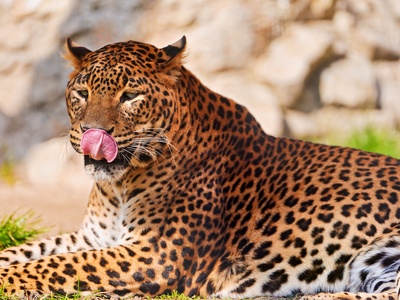
Persian Leopard
A critically rare and powerful big cat, the largest feline in Iraq. It faces extreme threats from poaching and habitat loss, with only a tiny, elusive population surviving in the remote, rugged mountains of the Kurdistan region.
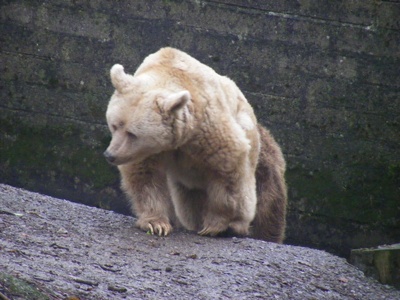
Syrian Brown Bear
A subspecies of the brown bear adapted to the mountainous forests of northern Iraq. This large omnivore is highly threatened by habitat degradation and human-wildlife conflict, making sightings exceptionally rare in its remote habitat.
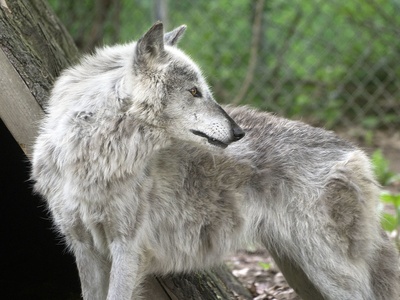
Gray Wolf
An intelligent and highly social predator found across much of Iraq. Often persecuted due to livestock predation, wolves play a vital role in controlling wild herbivore populations in their ecosystems.
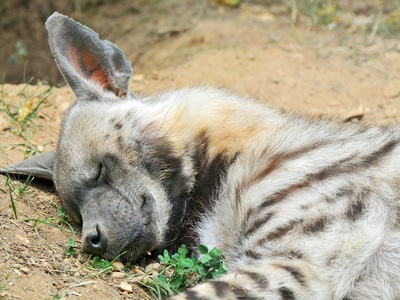
Striped Hyena
Iraq’s only hyena species, recognized by its striped coat and sloping back. It’s primarily a nocturnal scavenger, cleaning the ecosystem of carcasses, but will also hunt small animals. It is shy and rarely seen by humans.
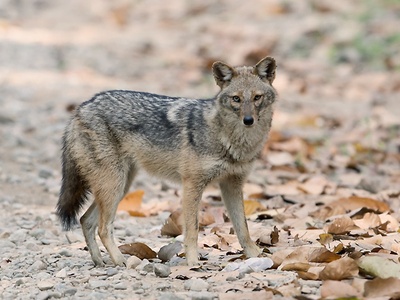
Golden Jackal
A highly adaptable, medium-sized canid often heard howling at dusk. It thrives near human settlements and agricultural lands, feeding on a wide diet of rodents, birds, fruit, and carrion.
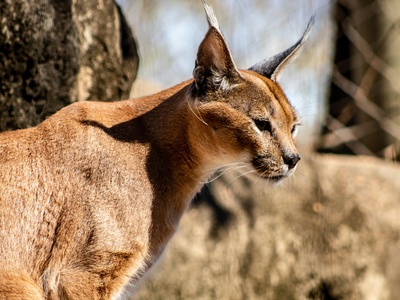
Caracal
A stunning medium-sized cat known for its long, black-tufted ears. The caracal is a formidable hunter, capable of leaping high into the air to catch birds mid-flight, and preys on rodents and hares.

Jungle Cat
A long-legged wildcat perfectly suited to the dense reed beds of the Mesopotamian Marshes. It’s a proficient hunter of birds, rodents, and fish, using its keen hearing to locate prey in thick vegetation.

Sand Cat
A true desert specialist, this small cat has broad, furred paws that protect it from hot sand. Perfectly camouflaged and nocturnal, it is incredibly elusive and rarely sighted in Iraq’s arid western wilderness.

Eurasian Otter
A sleek, semi-aquatic mammal whose population in the Iraqi marshes is recovering after being decimated. It is a key indicator of wetland health, feeding primarily on fish and crustaceans in the rivers and marshes.

Honey Badger
Famed for its toughness and ferocity, the honey badger is a powerful, stocky carnivore. It has thick, loose skin that protects it from stings and bites as it raids beehives and hunts snakes.

Marbled Polecat
A small, strikingly patterned carnivore with a distinctive marbled coat of yellow and dark brown. This nocturnal hunter preys on rodents in their burrows. Its populations are declining due to habitat loss from agriculture.

Wild Boar
A highly successful and adaptable omnivore, found in large numbers, especially in the marshes and northern forests. They are known for their intelligence and can be a significant agricultural pest in some regions.
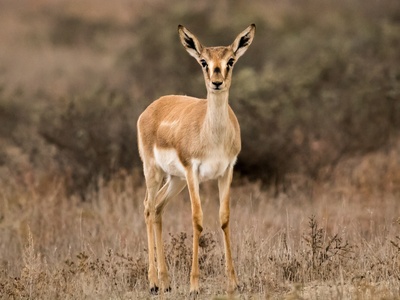
Goitered Gazelle
A swift and elegant gazelle adapted to arid environments, named for the male’s swollen neck during mating season. Once common, its numbers have plummeted due to overhunting, making it a rare sight in Iraq’s open plains.
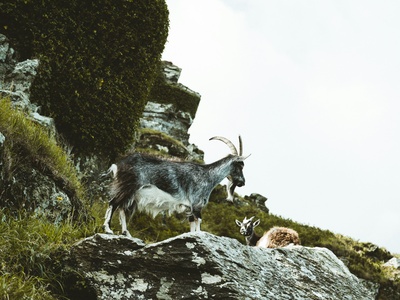
Wild Goat
The wild ancestor of the domestic goat, this agile ungulate is an expert climber on steep, rocky cliffs. Males have impressive scimitar-shaped horns. It is a key prey species for the Persian Leopard in the northern mountains.
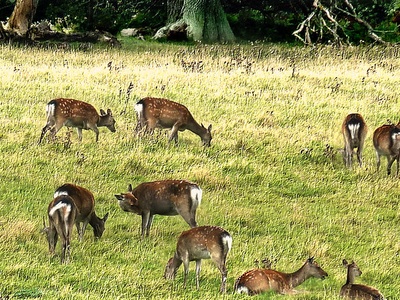
Roe Deer
A small, graceful deer found in the oak forests of northern Iraq. Known for its distinctive barking call when alarmed, it is shy and typically active at dawn and dusk, browsing on leaves and buds.
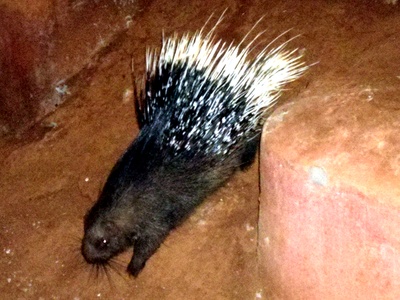
Indian Crested Porcupine
The largest rodent in Iraq, famous for its formidable coat of long, sharp quills which it rattles and uses for defense. It is nocturnal and feeds on roots, tubers, and bark, often living in self-dug burrows.
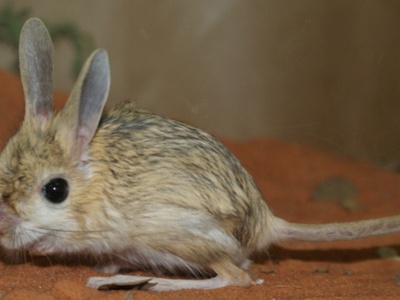
Euphrates Jerboa
A charismatic, kangaroo-like rodent with huge hind legs for bipedal hopping and a long, tufted tail for balance. It is nocturnal and lives in burrows to escape the daytime heat of the Iraqi plains.
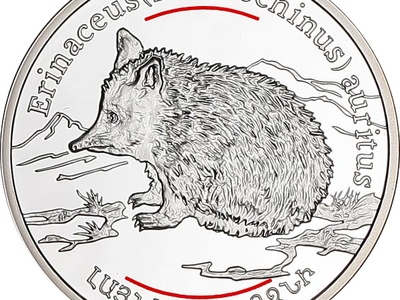
Long-eared Hedgehog
A small hedgehog easily identified by its prominent, long ears, which help it radiate heat and detect prey. It forages at night for insects, scorpions, and other small invertebrates across Iraq’s dry plains.
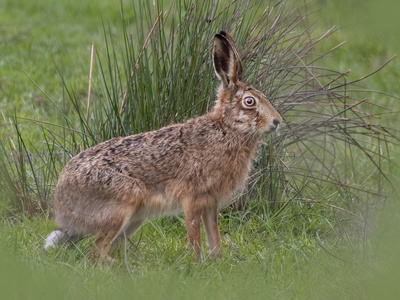
Cape Hare
A fast and athletic herbivore found throughout Iraq’s open landscapes. Its long ears and powerful hind legs allow it to detect and escape predators like foxes and caracals with incredible bursts of speed.

Rock Hyrax
A small, rodent-like mammal that is surprisingly the closest living relative to elephants. It lives in colonies among rocky boulders in the far northwest, basking in the sun and feeding on vegetation.
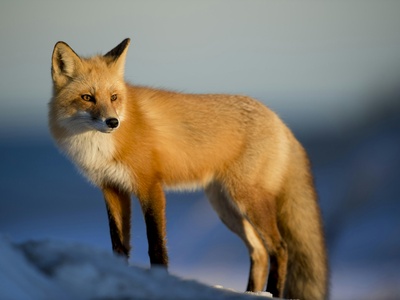
Red Fox
The most common and adaptable carnivore in Iraq. Found from city parks to remote mountains, the red fox is a cunning omnivore with a varied diet that allows it to thrive in nearly every environment.
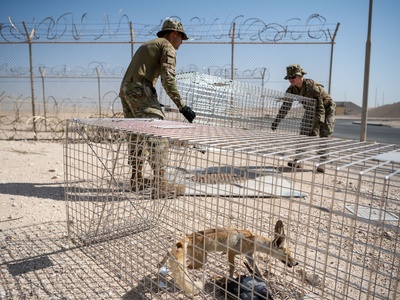
Rüppell’s Fox
A small, pale fox perfectly adapted for life in extreme desert environments. It has large ears to dissipate heat and furred paws for walking on sand, preying on rodents, insects, and geckos at night.

Blanford’s Fox
One of the smallest foxes, with a long, bushy tail and exceptional climbing abilities. It navigates the steep, rocky terrain of the Kurdistan mountains with ease, hunting for insects, scorpions, and fruit.
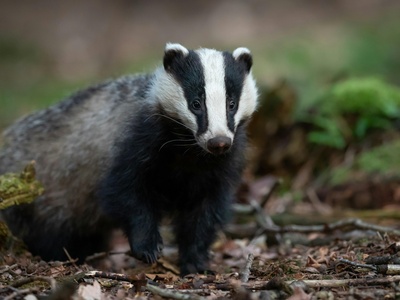
European Badger
A powerful, social mammal known for its distinctive black and white facial stripes. It lives in extensive underground burrow systems called setts and forages at night for earthworms, insects, and plants.

Wildcat
The wild ancestor of the domestic cat, this species is more robust and has a thicker, non-tapering bushy tail. A solitary and cautious hunter, it preys on rodents, birds, and reptiles in a variety of habitats.
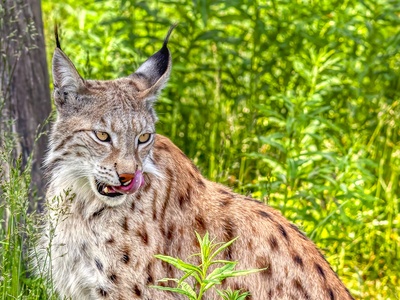
Eurasian Lynx
A large, secretive wild cat with characteristic ear tufts, a short tail, and large paws. It is an apex predator in the northern forests, preying on roe deer and hares, but is extremely rare in Iraq.

Persian Jird
A large gerbil-like rodent found in the rocky highlands of northeastern Iraq. It is known for its agility and long, bushy tail, feeding on seeds and plant material in its montane habitat.

Libyan Jird
A common desert rodent that lives in complex burrow systems, often in colonies. These jirds are a vital food source for many desert predators, including foxes, owls, and snakes.

Mesopotamian Gerbil
A small gerbil endemic to the fertile plains between the Tigris and Euphrates rivers. It is well-adapted to the agricultural and silty soil landscapes of central and southern Iraq.
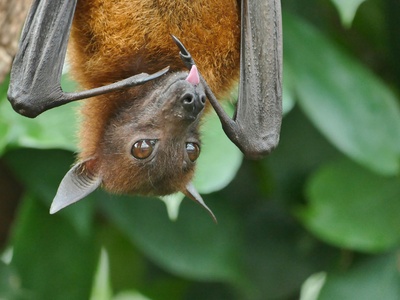
Egyptian Fruit Bat
A large bat that feeds on fruit and nectar, making it an important pollinator. It roosts in large, noisy colonies in caves, navigating in the dark using tongue clicks for simple echolocation.
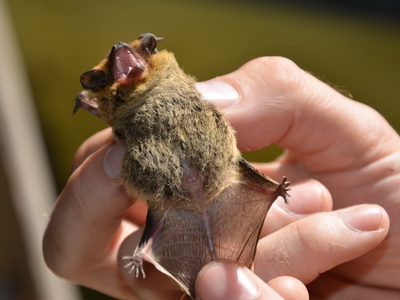
Kuhl’s Pipistrelle
A small, common bat that has adapted well to living alongside humans. It is often seen at dusk hunting for insects around streetlights in towns and cities across Iraq, a familiar sight on summer evenings.
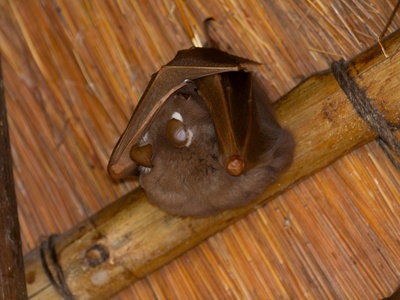
Mehely’s Horseshoe Bat
A medium-sized insectivorous bat distinguished by its complex, horseshoe-shaped noseleaf used for echolocation. It is a cave-dweller whose populations are vulnerable to human disturbance of their roosting sites.
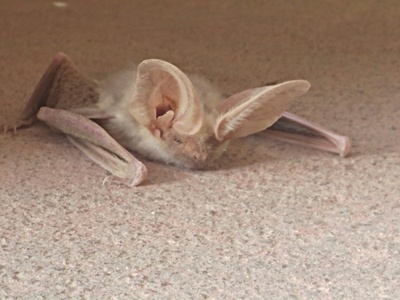
Hemprich’s Long-eared Bat
A desert-dwelling bat with enormous ears that it uses to listen for the footsteps of ground-dwelling prey like scorpions. It is a slow, methodical flier, often foraging close to the desert floor.
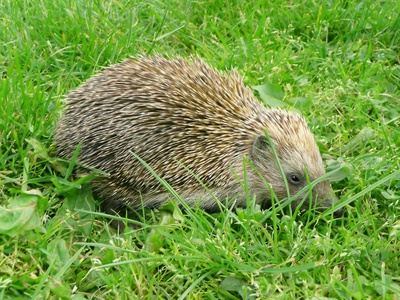
Southern White-breasted Hedgehog
A common hedgehog in the more temperate northern regions. Like other hedgehogs, it rolls into a spiny ball for defense and forages for insects, slugs, and worms in gardens and forests.

Indo-Pacific Humpback Dolphin
A coastal dolphin found in the shallow waters off Iraq’s short coastline. Recognizable by the characteristic hump on its back, it faces threats from pollution, boat traffic, and fishing net entanglement.
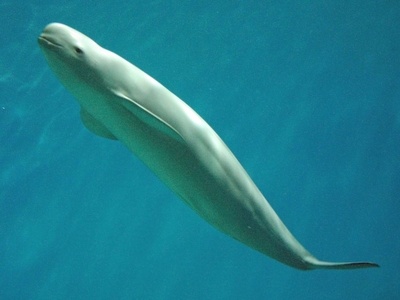
Finless Porpoise
A small, shy porpoise lacking a dorsal fin, which gives it a smooth, rounded back. It inhabits the coastal waters of the Persian Gulf and is vulnerable to habitat degradation and accidental capture in fishing nets.

Social Vole
A small rodent that lives in large, complex burrow systems, earning its name “social”. It can reach high population densities and plays a key role as a food source for predators in steppe ecosystems.

Gray Hamster
A small, nocturnal hamster that inhabits the arid steppes of northern Iraq. It is known for its ability to store large amounts of seeds in its expandable cheek pouches and underground burrows for later consumption.
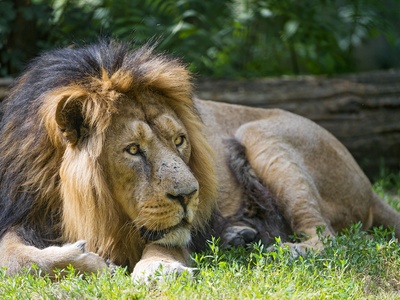
Asiatic Lion
Historically roamed the riverine thickets of the Tigris and Euphrates. This magnificent predator was extirpated from Iraq by the early 20th century due to widespread hunting and loss of its riparian habitat.
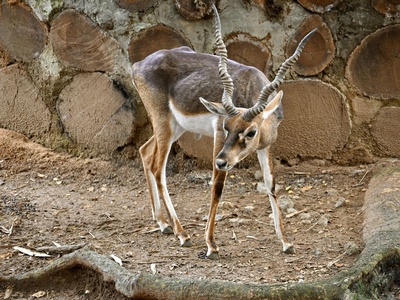
Persian Fallow Deer
Once native to the riverine forests of southern Iraq, this beautiful spotted deer was hunted to extinction within the country. It is one of the world’s rarest deer, surviving only through conservation efforts elsewhere.

Onager
This wild ass once roamed the desert plains in large herds. Known for its speed and endurance, it was hunted to extinction in Iraq, a fate shared across much of its former Middle Eastern range.

Arabian Oryx
A stunning desert antelope with long, straight horns, perfectly adapted to extreme arid conditions. It was hunted to extinction in the wild but has been successfully reintroduced in neighboring countries, though not yet in Iraq.
